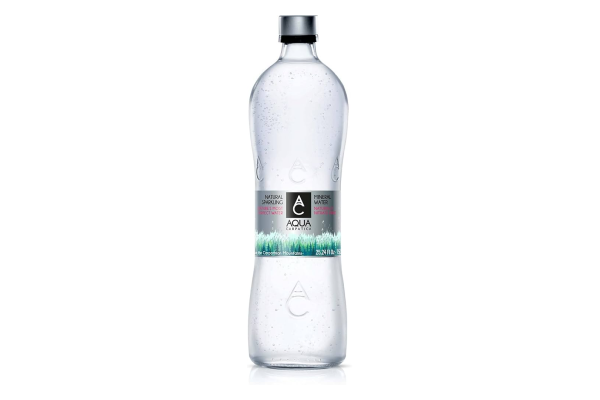
Carpathian Natural Sparkling Mineral Water
Please Note
All results & information have not been verified. All data is provided by the applicable company and may be estimated based on scientific data. Ratings and scoring are subject to drastically change based on new data / research.
Contaminants Found (6)
Barium
A naturally occurring element often derived from industrial discharges and natural deposits.
Can lead to increased blood pressure, heart and nervous system problems, and long- term exposure may cause kidney damage.
Bromide
A naturally occurring ion found in seawater and some groundwater.
While not harmful on its own, it can form toxic byproducts, like bromate, during water disinfection processes.
Gross Alpha
Measures of radioactivity in water, often from natural sources or nuclear activities.
Prolonged exposure to radioactive contaminants may increase the risk of cancer and damage internal organs, especially the bones.
Gross Beta
Measures of radioactivity in water, often from natural sources or nuclear activities.
Prolonged exposure to radioactive contaminants may increase the risk of cancer and damage internal organs, especially the bones.
Sulfate
A naturally occurring mineral found in water from soil leaching, rocks, and industrial processes.
High sulfate levels can cause gastrointestinal discomfort, including diarrhea, especially in infants and sensitive populations.
Uranium
A radioactive element naturally present in soil and groundwater.
Can increase the risk of kidney damage and cancer, especially when ingested over time.
Water Sourcing and Treatment
Flows from the protected Paltinis Spring, in the heart of the Carpathian Mountains of Romania
Other Ingredients Found (7)
Bicarbonate
Total: 1100 mg/LA component of natural alkalinity in water, contributing to pH stability.
Calcium
Total: 260 mg/LA naturally occurring mineral in water that contributes to hardness.
Magnesium
Total: 77 mg/LA mineral essential for bodily functions, found naturally in water.
Manganese
Total: 0.073 mg/LA naturally occurring mineral found in groundwater and soil.
Sodium
Total: 4.4 mg/LPotassium
Total: 2.2 mg/LA common metal in water, often from natural deposits or corroded pipes.
Nickel
Total: 0.014 mg/LAn essential nutrient often entering water from agricultural runoff and wastewater.
